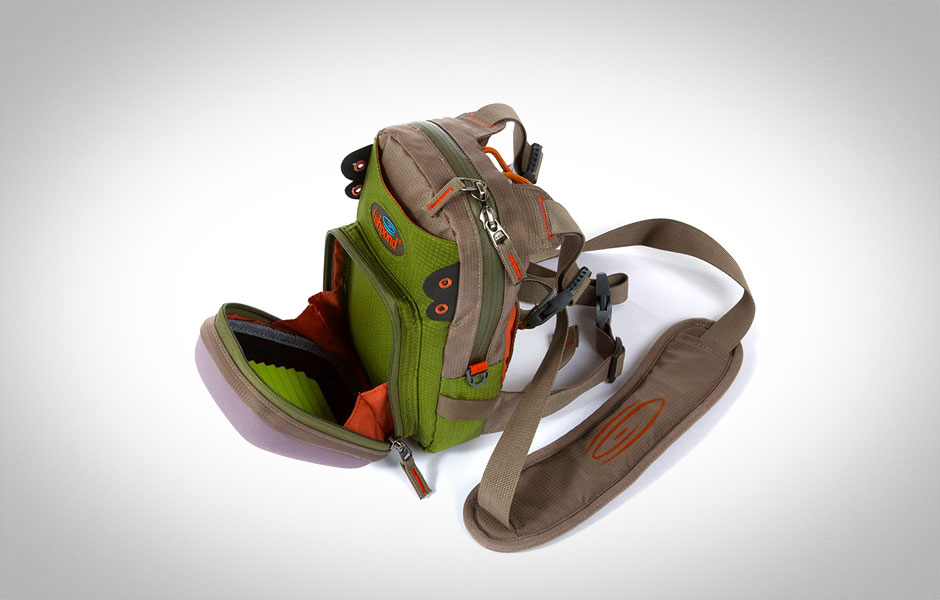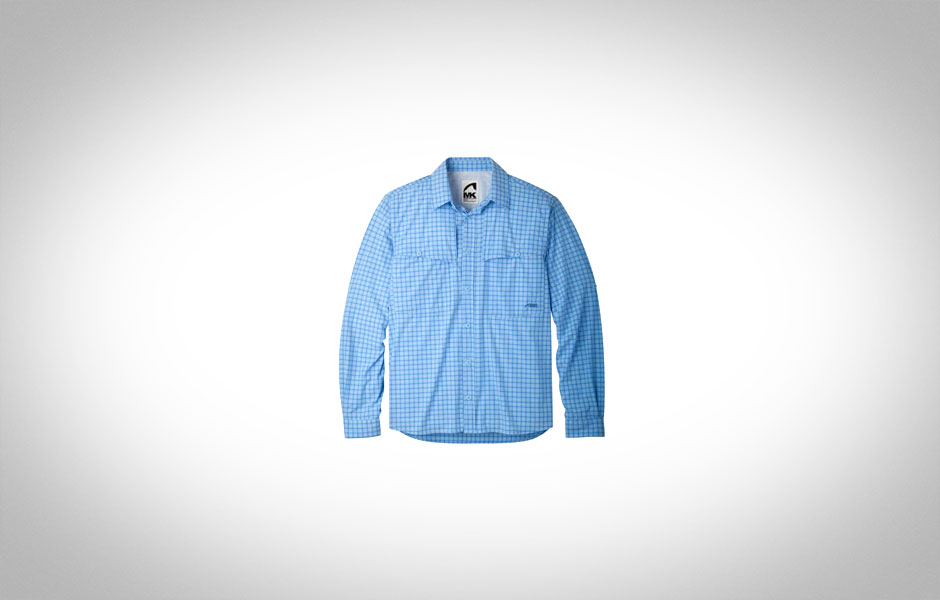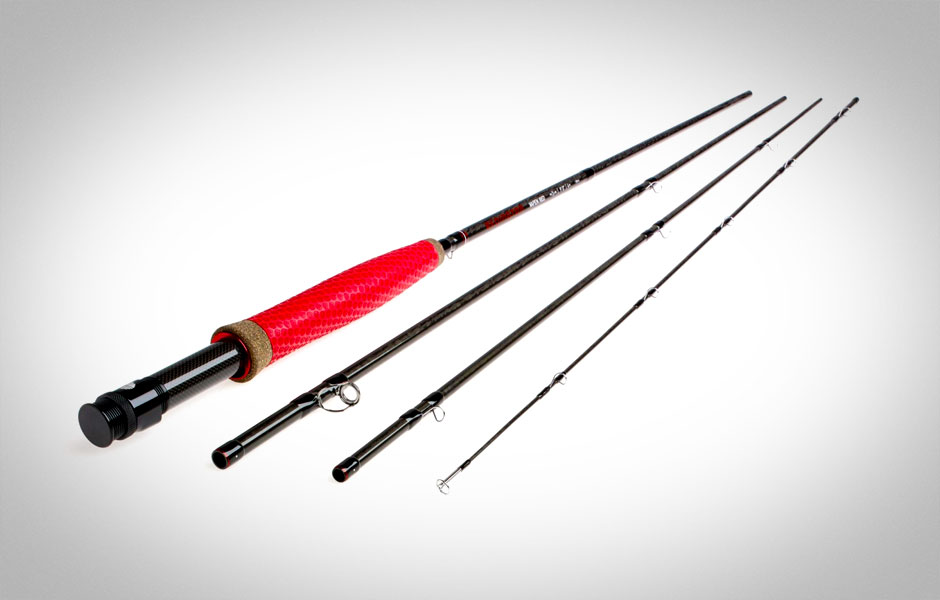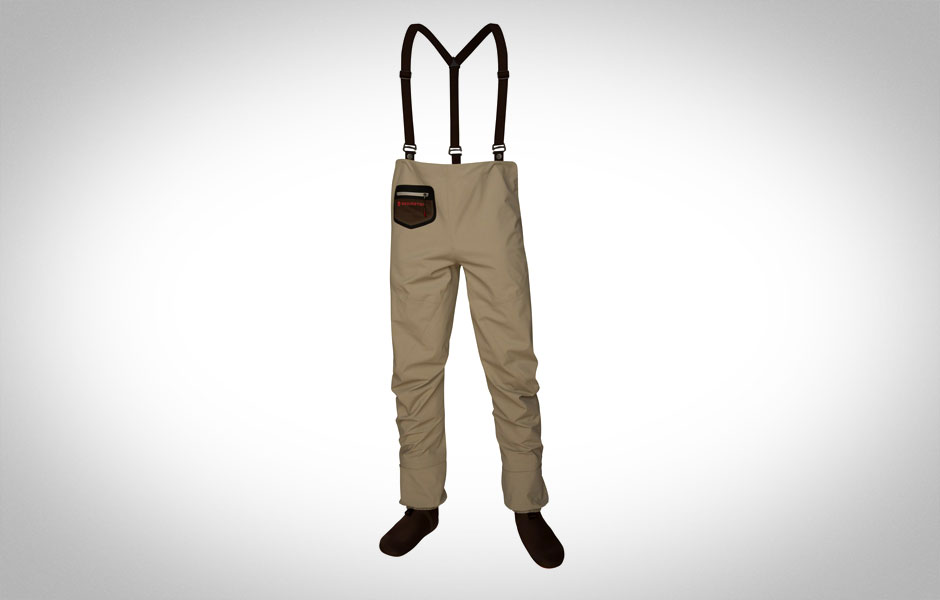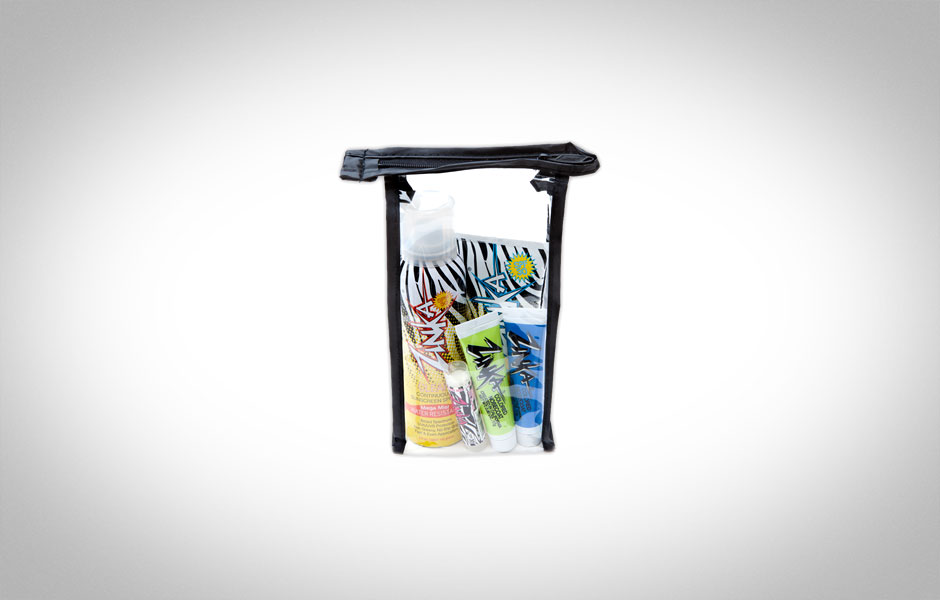We’ve had a punishing heatwave for the last few weeks here in Utah’s Wasatch and Uinta mountains. For the dedicated trail runners, mountain bikers, and fly fisherman that has meant one thing: find higher ground. We took that advice from some angling experts at a local fly shop in Salt Lake and headed for some high mountain lakes in the Uinta Range’s Naturalist Basin in search of monster rainbow and cutthroat trout recently, and found a paradise of glacier fed lakes and twelve-thousand foot peaks. However, alpine fly fishing poses some unique challenges – long approach hikes (and sometimes non-existent trails), heavy loads of gear, and fickle fish to name a few – and we were careful to be prepared with the best gear for tackling this flavor of high altitude adventure.
Related: How to Clean a Fish | Patagonia’s Tenkara Kit
Fishpond Medicine Bow Chest Pack
You may remember Fishpond from our profile of their conservation efforts earlier this year. The Medicine Bow Chest Pack is made of the same recycled material as their Westwater line. This compact pack is perfect for a small load of essentials when you’re traveling fast and light over rough terrain. We loved it because it fit inside both large backpacking rigs and our smaller daypack for transport. An integrated fly box let us get casting as soon as we hit the lake without wasting precious daylight.
Mountain Khakis Skiff Shirt
From long pre-dawn drives out to the high country, to agonizing ridgeline traverses (getting lost more than once and never admitting it), to finally making it lakeside, the Skiff shirt is our number one choice for backcountry adventures. UPF 30+ kept high altitude UV rays at bay, and the nylon/spandex blend fabric wicked away sweat while hiking better than anything we’ve worn this year. An integrated sunglass chamois in the left chest pocket is a nice touch. We’ve found that this shirt has been pulling double duty in the office with a pair of chinos, and even made it out onto the golf course on a few spring days. You’re going to want it in every color.
Redington Vapen Rod
The Vapen is without a doubt the perfect backpacking fly rod. Our five weight version was nine feet long, but broke down to four sections, each just over two feet long for transport. Did we mention that it weighs in at only three ounces? This fast action rod was amazingly accurate, even for consummate amateur casters like us. Combined with a Rise Reel this ultralight set up is the ultimate tool for outsmarting the trout for beginner and expert alike. If you’re looking for a heavier rod for salt water fishing, the Vapen comes in a full range of weights and lengths for every fish from a small brook trout to mako sharks.
Smith Optics Dockside
From high peaks to mellow beach days, the Dockside is the ultimate pair of summer sunglasses. We picked a pair of the limited Howler Brothers edition up earlier this spring for some backcountry skiing turns in Jackson Hole, and never really took them off. The Chromapop lenses provide extra color amplification – perfect for spotting crafty trout or carefully picking your way down an alpine couloir. The oversized lenses and frame are comfortable from sunrise to dusk so you can hit the trail, lake, or beach in style all summer.
Redington Sonicdry Wading Pants
Typically we wear taller waders most of the year. However, for convenience in the summer the Sonicdry pants can’t be matched. Small enough to throw in a day pack, these pants feature the same 3-layer construction as Redington’s heavy duty waders, and also have a 37.5 Technology liner fabric that fights odors and moisture from the inside. These waist high waders are perfect for high temperatures and small mountain creeks. Slim 3mm neoprene booties and a hooked gravel guard round out these no-nonsense pants.
Salewa Speed Ascent
When the trails get steep, we reach for our Speed Ascents. These hybrid approach shoes have the soul (and sole) of a trail runner and an innovative rockered foot bed. This helps in moving uphill. Fast. Salewa calls this “Take Off Technology”, and we agree. We’ve never worn a pair of trail shoes that have made us feel ligter while hiking with a heavy load until now. The sticky Vibram soles find purchase on everything from slick alpine granite to muddy stream crossings. If ever there was a shoe to get you further than ever before in search of a hidden lake or higher peak, the Speed Ascent is it.
Zinka Sunscreen Power Pack
Since 19986 Zinka has been providing the best waterproof sunscreen on the market. While they started out as a brand for serious surf bums, we’ve found the zinc oxide nose coats (think Jeff Spicoli from Fast Times At Ridgemont High) to be equally useful on the snow and water at altitude. The power pack also comes with an SPF 50 face stick and SPF 30 lotion so you’ll be prepared for anything the sun throws your way. You can be extreme and order the pink or purple, we dare you.
